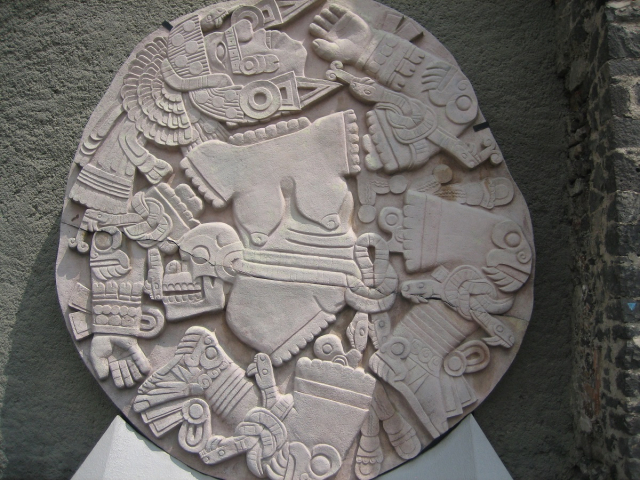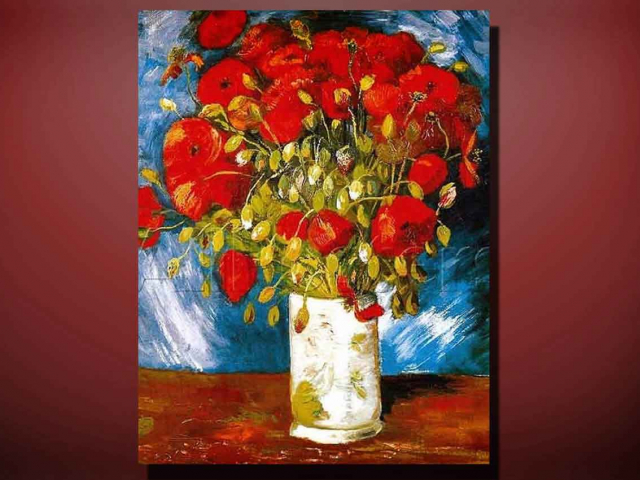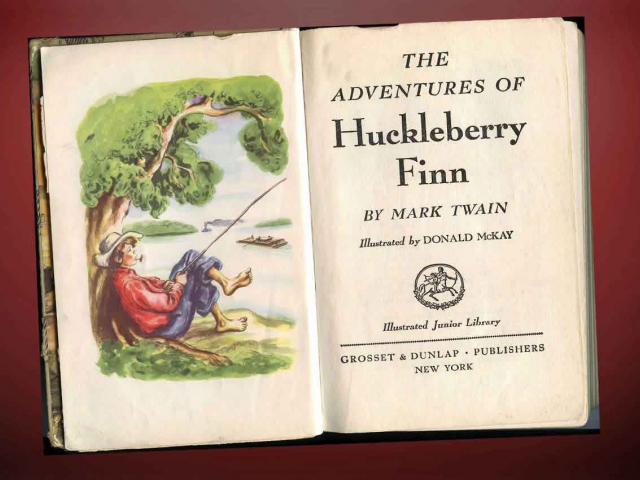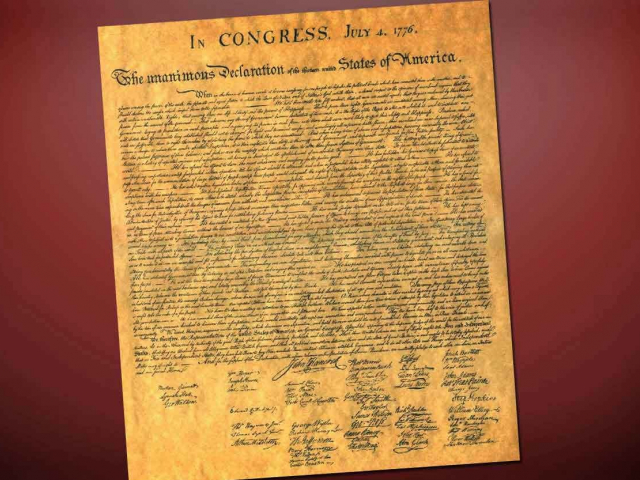
Venus de Milo
In 1820, Greek peasant Iorgos cultivated his field on the island of Milos. Suddenly, he came across several carved stone blocks and four statues. Three of them depicted ancient Greek God Hermes and another was Aphrodite. An archaeological expedition arrived on the island and took the Aphrodite statue to France. Louis XVIII called it Venus de Milo and placed it in the Louvre, where it remains today. Now this statue is considered one of the most astonishing exhibits of the Louvre Museum.

Coyolxauhqui disk
In February 1978, workers who were installing cables on a busy street in Mexico city accidentally discovered a 20-ton bas-relief of Coyolxauhqui - the goddess of night. This deity was worshipped by the ancient Aztecs. According to the legend, Coyolxauhqui embodies the moon. It is considered an incarnation of the Aztecs lunar deity Metztli. The Aztecs depicted Coyolxauhqui in the form of a warrior with a helmet on head and snakes (or ropes) on the hands and around the waist. Archaeologists also found images where she was shown decapitated.

Vincent Van Gogh "Still life with flowers"
One day an elderly couple from the American suburb of Milwaukee, Wisconsin, invited an appraiser to see one of the paintings. While working, the appraiser noticed another picture, more interesting from a professional point of view. It turned out to be an original painting by famous Vincent Van Gogh. The painting, created in 1886, is called "Still life with flowers". Later it was sold at auction for $1.4 million.

Mark Twain's manuscript "The Adventures Of Huckleberry Finn"
In 1961, Barbara Testa, an ordinary librarian from Hollywood, inherited six capacious chests. They belonged to her grandfather James Fraser Gluck, a lawyer who died in 1895. Barbara had spent about 30 years trying to sort out all things in the chests. In autumn of 1990, she came across a 665-page manuscript. It was the first half of Mark Twain's story - "The Adventures of Huckleberry Finn". Thus, the two parts of the great American novel were reunited.

Copy of US Declaration of Independence, 1776
A financial analyst at Philadelphia once noticed an unusual picture at a flea market in Adamstown, Pennsylvania. He was attracted by the ornate wooden frame of the canvas. After buying a painting for $4, he came home and took it out of the frame. Suddenly, between the canvas and the wooden substrate he discovered an old document - the copy of the US Declaration of Independence, 1776. It is one of the 24 found copies. In June 1991, the relic was sold at auction for $2.4 million.
 English
English 
 Русский
Русский Bahasa Indonesia
Bahasa Indonesia Bahasa Malay
Bahasa Malay ไทย
ไทย Español
Español Deutsch
Deutsch Български
Български Français
Français Tiếng Việt
Tiếng Việt 中文
中文 বাংলা
বাংলা हिन्दी
हिन्दी Čeština
Čeština Українська
Українська Română
Română
